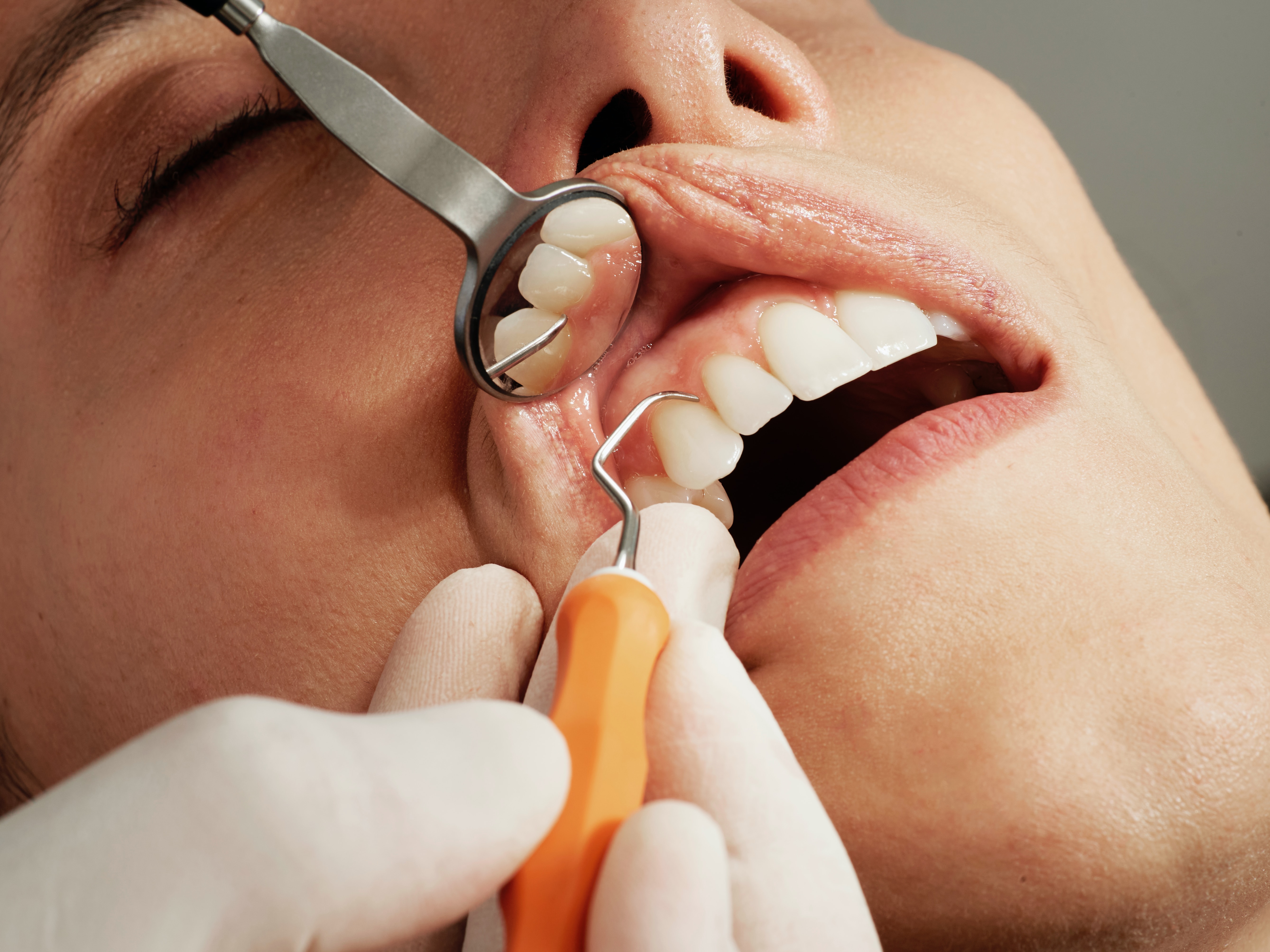A good number of people have teeth that have developed in an overcrowded manner. Sometimes these types of teeth remain closely packed together even after orthodontic treatment.
Tightly packed teeth are closely spaced, leaving only a little room between each of them. This tightness can make teeth flossing very painful, difficult and frustrating, with lots of floss broken. Luckily, there are some tricks that can put an end to the struggles people flossing with closely spaced teeth tend to face. They include;
Table of Contents
Mastering the Technique
If you’ve been putting off flossing because it’s tricky and uncomfortable, there is a simple trick to mastering the technique. Start by grabbing about eighteen inches of floss and wrap the surplus floss around your fingers while placing a taut portion between them. The taut portion should be sufficient to manoeuvre inside your mouth.
Move the floss about the edges of each tooth and its neighbour. Be sure to carefully and gently get underneath the gum line, where some food particles and debris may be hiding. Also, ensure to scrape along the surface of each tooth. Repeat this process between your whole teeth at least once per day.
Choose the Right Floss
There are several different kinds of floss available on the market today. If your teeth are tightly packed, you’ll want to pay careful attention to the ones you choose to buy. In addition to regular string floss, go for ribbon-style tooth floss. This kind of floss will glide through all the tight spaces in between your teeth without any difficulty. It will also safely remove debris and plaque without getting stuck or shredding along the way.
Additionally, you might also consider opting for a water flosser. Water flossers are nifty little gadgets designed to shoot a steady outflow of pressurised water in between your teeth, as well as below your gum line, to remove any debris. This is especially handy for people with braces, permanent retainers, bridges and wisdom teeth.
Water flossers may take a little time to get used to, so try to be patient with yourself, supposing that you accidentally spray water all over yourself the first couple of times. Once you figure it out, you may even find yourself preferring it over flossing with regular floss. When using a water flosser, make sure to always use warm water so you avoid irritating any sensitive areas.
Floss Picks
If you have difficulty trying to get even a plastic pick in between the edges of your teeth, you should consider trying a floss pick. Floss picks fork at the end with a piece of floss placed between the two ends of the forks.
Even though these are not a substitute for flossing, they can allow you to (some extent) wrap strings of floss around each tooth’s surface, thus, helping you to really scrape off any clinging bits of food or debris. Floss picks are essentially only useful for basic cleanup. But when you combine this basic cleanup with proper daily flossing, you will be able to really keep down the plaque.
Conclusion
Caring for your teeth is a huge challenge, especially when they’re tightly packed, but there are ways to make things easier. Don’t just sit back and assume you can’t floss because it has been so difficult in the past. Better tools for flossing are coming up every day; give them a chance and find the one that suits you. If you need expert advice on flossing, search online for something like “dentist in Sutton” to find local specialists.











